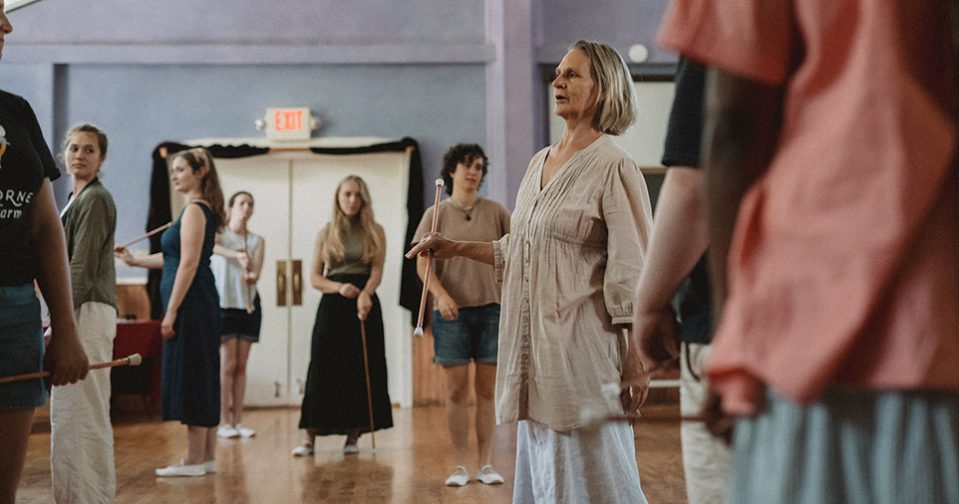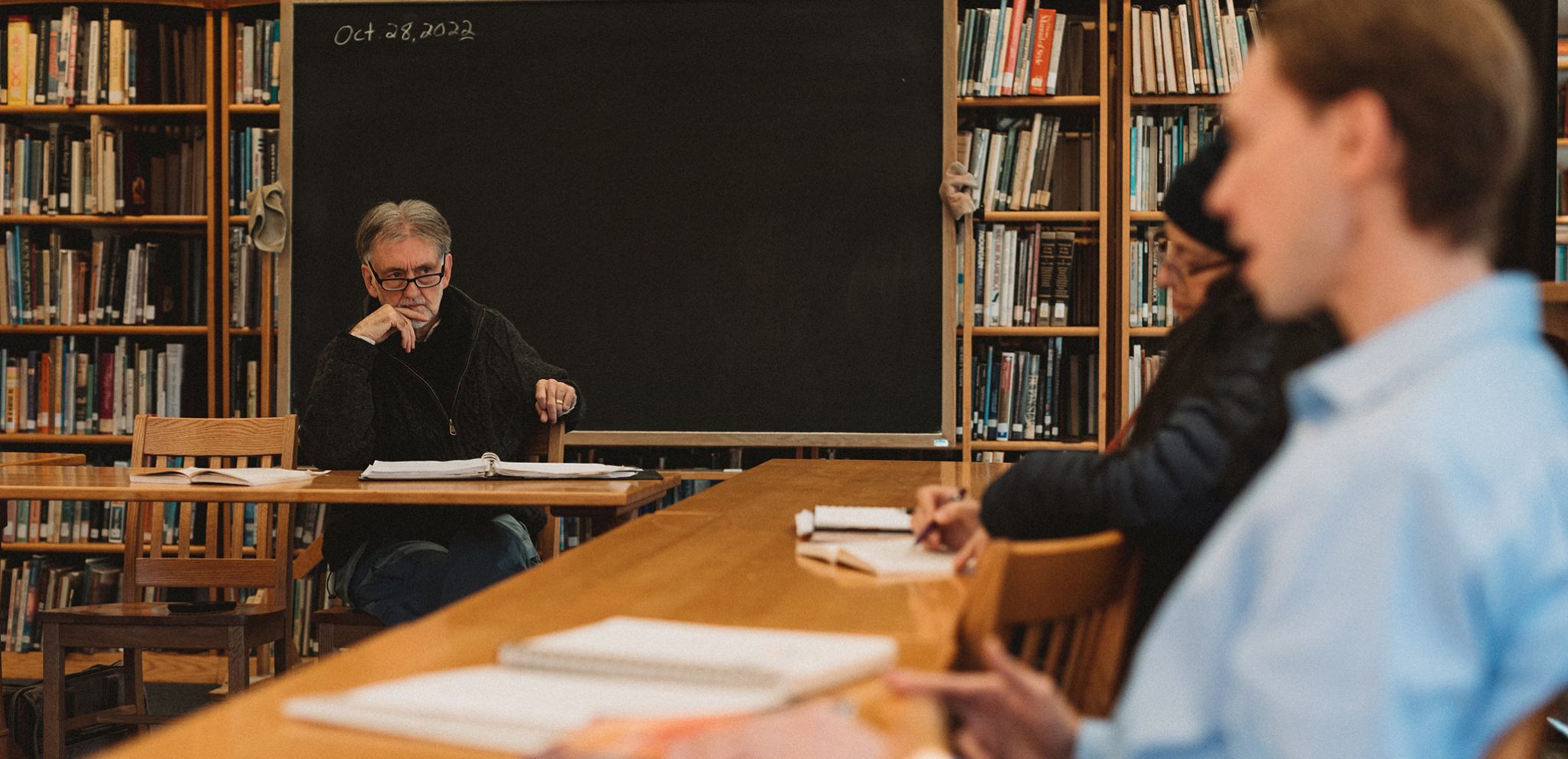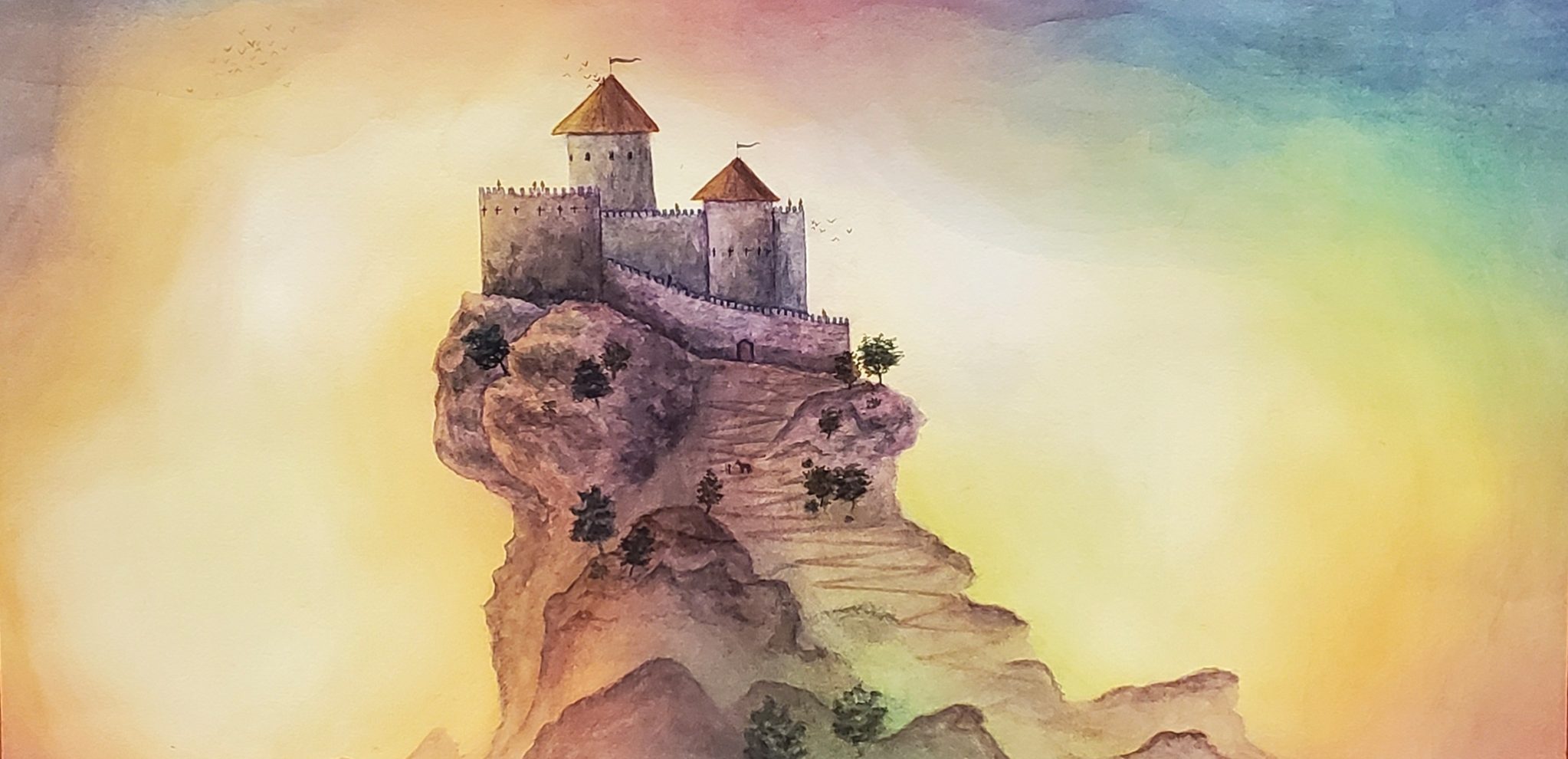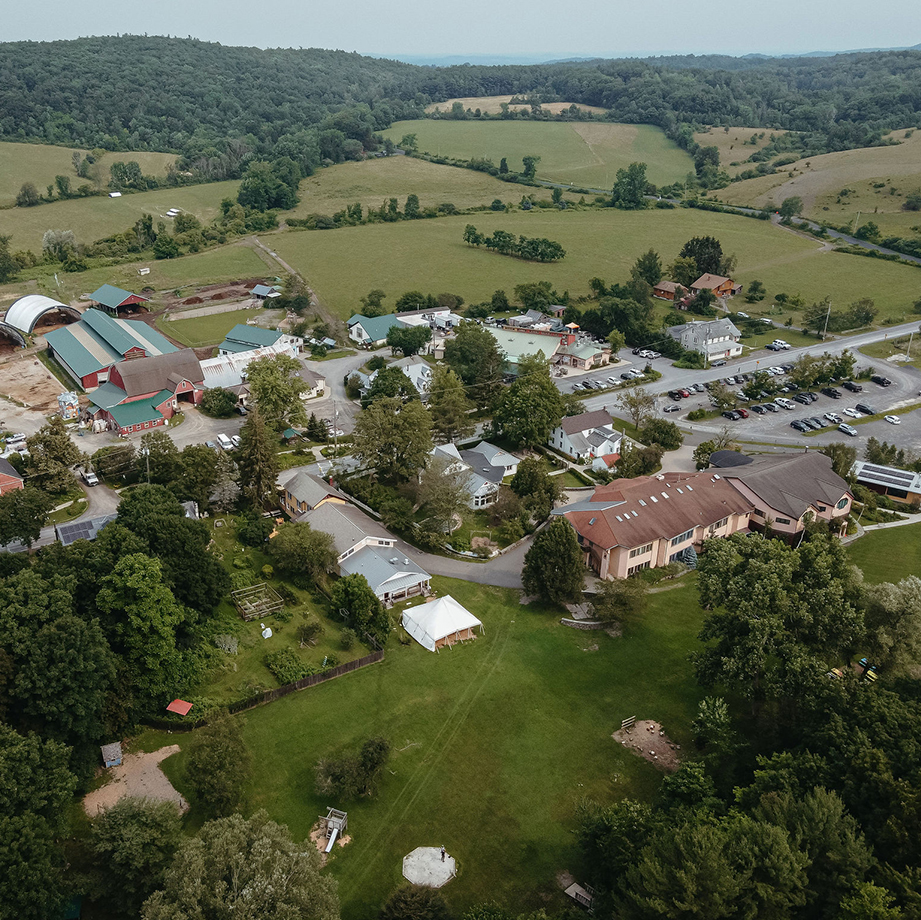YEAR I & FOUNDATION STUDIES OVERVIEW
ApplyThe first year of the full 2-year training for Waldorf teachers puts a strong emphasis on the teachings of anthroposophy out of which spring the ideas and inspirations that bring education to life, providing a catalyst for inner renewal and creative self development.
Besides studies in the basic written work of Rudolf Steiner, the curriculum includes practice in a variety of artistic mediums, an introduction to a contemporary path of inner development, seminars on the overview and essence of Waldorf principles and pedagogy, and glimpses into other fields of work inspired by anthroposophy. All of this provides a firm basis for Year II of the Teacher Training where students choose either an Early Childhood or Elementary Grades track.
About Year I
This foundational year fosters personal growth and professional grounding, with credits transferable across Waldorf training institutes. In order to earn certification recognized by AWSNA and WECAN, students must also complete Year II.
The first year emphasizes the teachings of anthroposophy out of which spring the ideas and inspirations that bring education to life. As such, it provides a catalyst for inner renewal and creative self development that gives one a firm, self confident footing for the teaching profession or any other vocational endeavor.
Foundation Studies
Participants may alternately choose to enroll for half days (up until lunchtime), which constitutes the Foundation Studies portion of Year I. If Waldorf Teacher Certification is the ultimate a goal, the required credits can be gradually accumulated over the course of more than 2 years.
Year I Curriculum Highlights
Year I Program Structure
Year I takes place on 28 Saturdays between mid-September and mid-May, plus a week-long Summer Course.
Besides studies in the basic written work of Rudolf Steiner, the curriculum includes practice in a variety of artistic mediums, an introduction to a contemporary path of inner development, seminars on the overview and essence of Waldorf principles and pedagogy, and glimpses into other fields of work inspired by anthroposophy.
All of this provides a firm basis for Year II of the Teacher Training where students choose either an Early Childhood or Elementary Grades track.
Focus on Anthroposophy
Waldorf education, founded by Rudolf Steiner in 1919, is rooted in anthroposophy—a philosophy centered on the belief that humanity has the wisdom to transform itself and the world through individual spiritual growth. Guided by this principle, Waldorf education aims to cultivate each child’s unique potential in a way that contributes to the greater evolution of humanity. Its curriculum, pedagogy, and teaching methods are thoughtfully designed to nurture this potential.
Year I puts a strong emphasis on the teachings of anthroposophy out of which spring the ideas and inspirations that bring education to life.
Overview of Year I Core Curriculum and Artistic Practice
- Contemplative work based on Rudolf Steiner’s The Calendar of the Soul
- Theosophy by Rudolf Steiner – A study of the body, soul, and spirit nature of the human being and the path of self development
- Esoteric Science: An Outline by Rudolf Steiner – The cosmic evolution of the world and human consciouness
- Eurythmy, Painting, Drawing, Clay Sculpture, Music, Storytelling, and Spatial Dynamics
- Introductions to the three, seven year phases of child development and the tasks of the teacher at each stage
- The Kingdom of Childhood, a study and practical introduction to Waldorf teaching fundamentals
- The Evolution of Consciousness through Music and Art
- Biography and the Rhythms of Life
- An introduction to Goethean Science and its place in Waldorf education
- Practical Applications of Spiritual Science – Guest Speakers on the Biodynamic Agriculture, Social Renewal, Therapeutic Arts, Camphill Communities, Anthroposophic Medicine, Religious Renewal
Year I Completion and Certification Path
A Year I Letter of Completion is conferred once all class requirements have been fulfilled. Those who sussessfully complete the Year II course work, and related practicums, graduate from the Alkion Center with a Waldorf Teachers Certificate, recognized by the Association of Waldorf Schools of North America (AWSNA) and the Waldorf Early Childhood Association of North America (WECAN).
It should be noted that equivalent course credits are recognized by all North American Waldorf Teacher Education Institutes and can be applied toward full Waldorf Teacher Certification. Similarly, Alkion honors equivalent course credits earned at other Waldorf training institutes.
Year I Highlight: Eurythmy
Students explore the art of eurythmy, bringing poetry and music to life through movement. They develop mastery of spatial dimensions, geometric forms, and rhythmic patterns while learning traditional eurythmy forms like the five-pointed star, the crown, and the harmonious eight. Through this unique art form, students experience the expressive power of sound and music through coordinated, graceful motion.



Tuition
We strive to keep our tuition as low as possible so that our programs may be accessible to a wide range of interested students.
The wisdom offered by the program leaders and numerous guest lecturers provided me with rich knowledge, hands on experience of the Waldorf curriculum, and the depth of study needed for someone new to anthroposophy, to go forth into the world as a Waldorf teacher.









